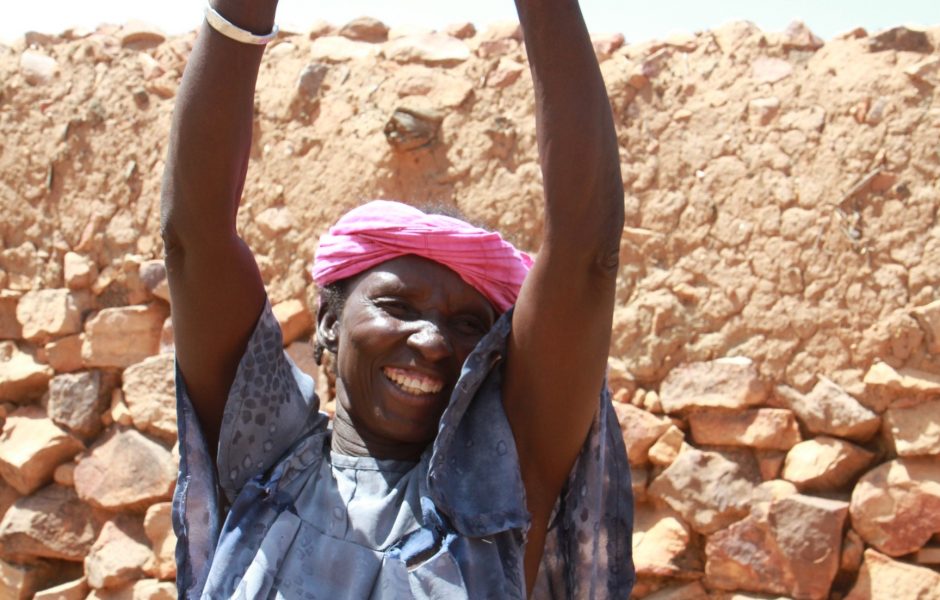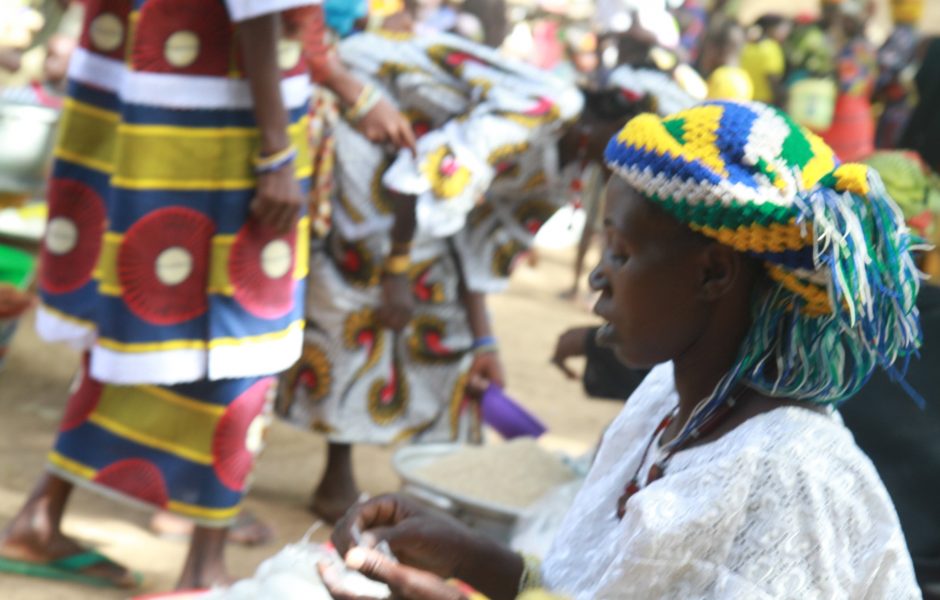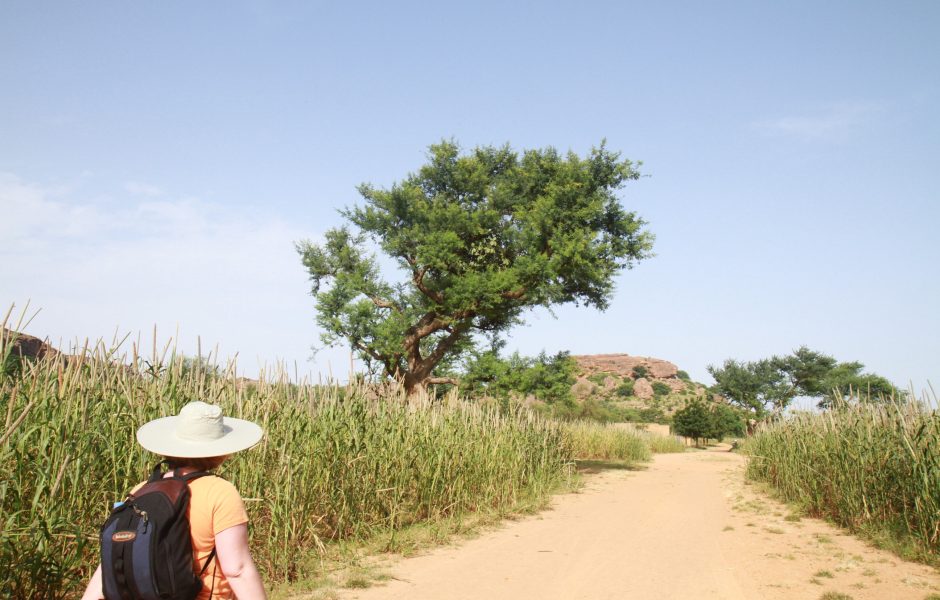Three Days in Dogon Country

The Dogon staff at Mac’s Refuge, where I’ve been staying, are commenting that they recognize the people on television because they are from a village nearby called Ibbe. The women across from where I sit sings along with the music on the TV.
I may be back to the comforts of a proper hotel in Sevare now, but for the past three days I was trekking from village to village in the Dogon region east of here, situated along the Bandiagara escarpment, a long ridge that stretches north to south for many miles. The landscape looks a lot like the American Southwest, with vast stretches of open land and sandstone cliffs with ancient cliff dwellings tucked in. Underneath the cliff dwellings, or on top of the escarpment, people live just as their ancestors did — growing crops like millet (the most important mainstay), beans, gourds, peanuts, chilli peppers and squash. And their animist beliefs haven’t changed either, although Islam and Christianity have made an impact here.
To do a visit right, we hired an English-speaking Dogon guide by asking around at the hotel when we first arrived. That’s how we met Seydou Guindo (www.seydou.eu). After negotiating the price for three days ($40/day for both of us including all the village fees, transportation, lodging and meals), we headed out the next morning after breakfast.
Seydou and a friend picked us up on motor bikes to take us over to where a 4×4 was waiting to take us. Jennifer made a detour to the market to buy kola nuts, which the elders of the Dogon villages chew on for energy. Apparently they are also very addictive, so they appreciate getting them.
The ride turned out to be an adventure. It started to rain hard and the dusty street turned slippery. As I sat on the back of the motor bike, I was mortified when Seydou started writing a text message. The rain hurt as it pelted me in the face and eyes and luckily Seydou pulled off to take shelter until it had passed somewhat.
The rain did help bring the temperature down to a more reasonable 85 degrees–at least for few minutes. But by the time we reached our first village stop at Kani Kombole, the temperatures were back up in the mid-90s, which made eating hot couscous with chicken in a tomato sauce very difficult.
Each day, lunch was followed by a required siesta. The encampments in each of the villages provide mattresses that they put out on the dirt floors for napping or relaxing. By 3 o’clock in the afternoon, we’d trek again to the next village, where we would walk around, hang out at the “campement” until dinner, eat more onion and tomato sauce over either macaroni, spaghetti or couscous (affectionately called Spaghetti Dogonesa), then stumble in the dark to our mosquito net-covered mattresses on the roof and fall asleep sweating.
Morning came early, thanks to the sounds of the village stirring. First it might be a mule braying for whatever reason, then the other mules in the village would respond, quite loudly. That might die down, but then the roosters would start in. A baby would cry, then I could hear the families begin to clank pans in preparation for breakfast. The time, you ask? About 5:30 in the morning.
From my rooftop perch, I watched as the village came to life. A group of women and girls gathered under a tree to pound the millet they would eat for breakfast, lunch and dinner. The pestle was a thick 6-foot-long log that they would lift and slam over and over into hollowed wooden tree stump containing the grain that sustains them.
The women are amazing — and strong. Another group is heading back from the well to fetch water for the day’s chores. These ladies can balance a five-gallon bucket full of liquid on their head like it is nothing and still be smiling and shaking hands with strange “toobabs” like us.
The handshake was something everyone did when they saw us, a formality that the French introduced when they arrived. The traditional greeting, though, is much more involved. You must ask how they are, how their family is, how their health is, how their livestock is, how their grain is, etc. Phew! I don’t know how anyone has time to get stuff done. Luckily, you could ask the questions to everyone gathered and they’d answer “fine” in unison.
Seydou would tell us when to give someone a kola nut. And the person would smile and shake our hand. One woman raised her hands to thank Amma, or god, for the gift.
In all, we visited the villages of Djigibombo, Kani Kombole, Telli, Ennde,
Begnemato and Indale. In Kani Kombole, it was market day with people trading their wares; Telli had amazing cliff dwellings; Ennde was great for shopping. But Begnemato was my favorite, not only for the incredible location at the top of the escarpment in a canyon, but also for the people. The village chief greeted us warmly, and we met the medicine man, who has a great sense of humor.
He seems to enjoy giving strange medicine to foreigners and seeing what happens. He placed a powdered mixture under my nose and a few minutes latter, I was sneezing uncontrollably. He and his family were laughing at us…all in good fun.
The trip was incredible, despite heat exhaustion. It was truly memorable.



Comments